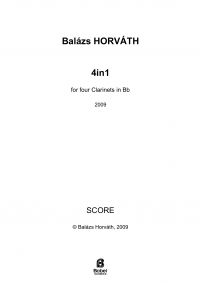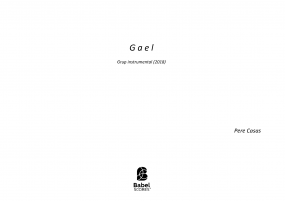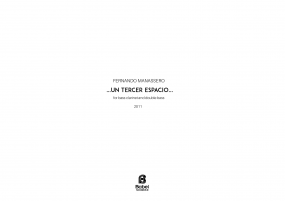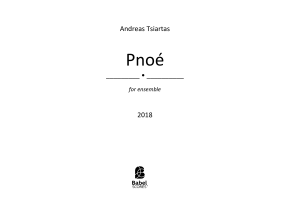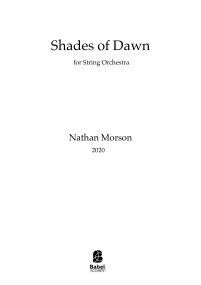Anamorfico
ISMN : 979-0-2325-5448-8
- Login to create your own lists
This piece is based on the elaboration of two ideas, the first comes from the particular writing that Chopin uses in the prelude op. 28 n. 14. He gives away the ordinary polyphony available using the two separate hands and joins them together in a single melody instead. However this melody is in itself split in an upper and a lower line. Similarly in this quartet the clarinets all perform the same melodic line which is doubled by a pattern that constantly oscillates between a higher and a lower register. When two of the clarinets change into bass clarinets this single line, in turn, is split in two higher and lower lines that are rejoined as the performers change back to the clarinets in Bb.
The other idea also implies a doubling, but on a temporal rather than spatial side: the melodic line of the 1st clarinet is played identical by the other instruments, a cascade-like effect, a sort of narrow canon, however, brought to the extreme limit, as the voices are staggered with just one note of distance. The result is that the perception of the melodic line, in turn already split into two registers as we said before, is totally altered because continuously prolonged by the mutual mirroring of the four instruments. This result is then powerfully amplified and enhanced by the particular spatial arrangement that this piece requires: the four clarinets must be placed at the four vertices of an ideal quadrilateral formed by the audience (should this placement not be feasible, the instruments are to be placed on stage divided into pairs wide apart 1-3 / 2-4). The extraordinary effect that emerges is something unexpected, if one looks at the score, and that can only be grasped through this particular setting of listening: hence the anamorphosis of the title.
Pages - 30





